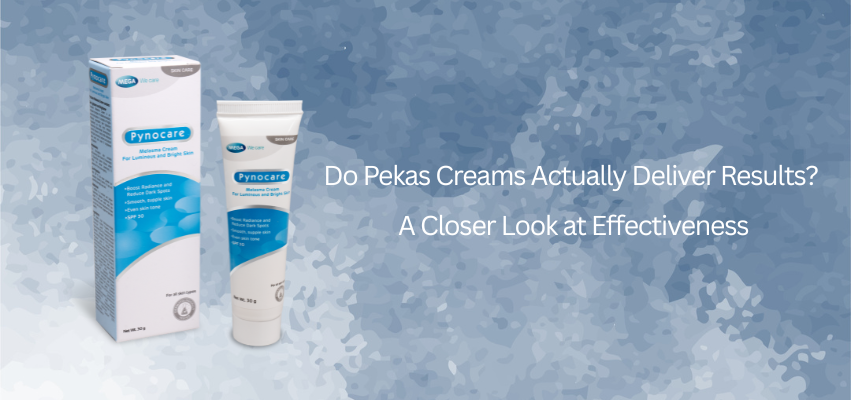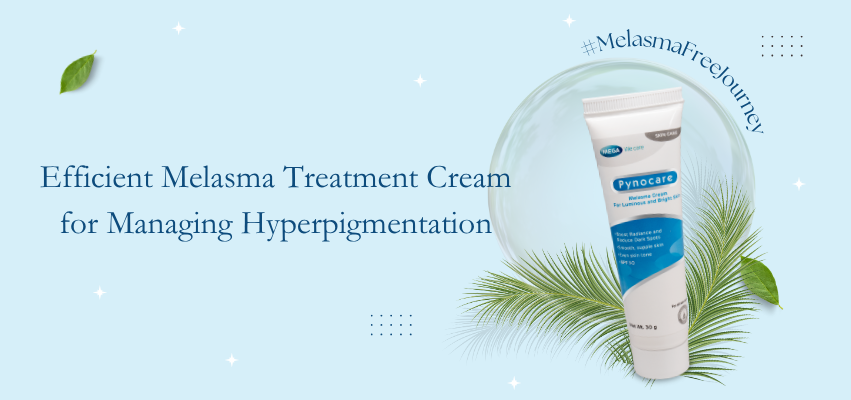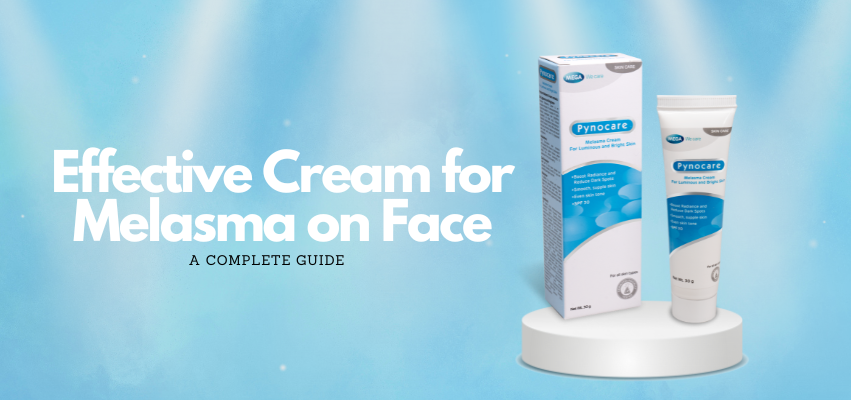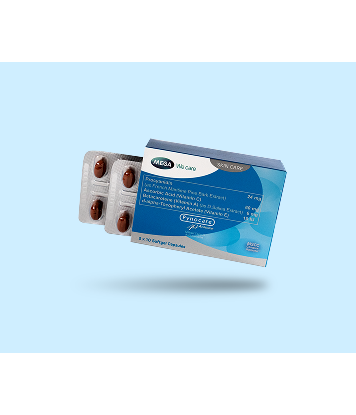If you’ve ever searched for a reliable pekas cream, you’ve likely wondered if these topical solutions truly deliver results or if they’re just glowing promises in pretty packaging. Pekas, the Tagalog term for melasma, often haunts the cheeks, forehead, and upper lip with stubborn, brown patches. Many creams claim to be the cure-all, but treatment requires more than surface brightening. Today, we’ll evaluate traditional pekas creams, why they often fall short, and introduce Pynocare Melasma Cream, a clinically-backed solution now available at Mercury Drug and affiliated clinics.
Understanding Pekas: Why Ordinary Creams Often Fail
Pekas, the Filipino term for melasma, forms when the skin produces excess melanin that becomes trapped deep in the dermal layers. This isn’t just a superficial discoloration. It’s a chronic pigment condition often driven by hormonal changes (such as pregnancy, birth control, or thyroid imbalance), UV radiation, heat, visible light, and genetics. These triggers don’t just initiate melasma; they continually stimulate pigment production, making pekas prone to persistence and recurrence.
Ordinary pekas creams typically target only the surface layer of discoloration. Ingredients like hydroquinone, kojic acid, or arbutin can lighten visible spots by inhibiting melanin synthesis in the upper skin layers. However, they rarely penetrate deeply enough to reach stubborn dermal pigmentation. They also tend to overlook the inflammatory and oxidative processes that drive melasma’s progression, two factors that must be addressed for results to last.
Even when an ordinary cream lightens pekas temporarily, the improvement often fades without consistent sun protection, antioxidant support, and skin barrier repair. This is why many people experience the frustrating cycle of spots fading, only to reappear after minimal sun exposure or hormonal shifts. True progress requires a multi-pronged approach—one that not only fades pigment but also strengthens the skin’s defenses and tackles underlying triggers from multiple angles.
Common Pekas Cream Ingredients and Their Effectiveness
Let’s break down what some traditional pekas creams use:
- Hydroquinone: A potent tyrosinase inhibitor, but it comes with risks of irritation or uneven pigmentation, especially in long-term use.
- Azelaic acid, tretinoin, kojic acid, alpha-arbutin: Offer varied levels of pigment reduction, but results often take months, and skin sensitivity remains an issue.
- Triple-combination creams (hydroquinone + retinoid + steroid) yield faster results but require medical supervision due to side effects.
- Natural extracts (like licorice, vitamin C, niacinamide) tend to be gentler and generally safer—but they also act more slowly.
Across the board, even proven ingredients underperform if not paired with sun protection and proper skincare habits.
Enter Pynocare Melasma Cream: A Promising New Pekas Cream
Pynocare Melasma Cream brings a multilayered approach to the table, something most pekas creams lack. It combines powerful tyrosinase inhibitors like kojic acid, N-butyl resorcinol, niacinamide, tetrahydrocurcumin, and vitamin F to visibly fade dark spots and regulate melanin production.
But it doesn’t stop there. The formula also includes antioxidants vitamin E, resveratrol, and licorice extract to neutralize free radicals that fuel melasma and soothe the skin. Additionally, nourishing ingredients like sodium hyaluronate, allantoin, D-panthenol, shea butter, and aloe vera hydrate and restore the skin barrier. And with SPF 30 built in, it provides daily UV defense—crucial in fighting pekas flare-ups.
Proven, Accessible, and Trustworthy: Where to Buy
You won’t find Pynocare Melasma Cream in every drugstore aisle or online marketplace. That’s intentional and reassuring. It’s sold exclusively at Mercury Drug stores and affiliated dermatology clinics.
This strategic distribution ensures that every purchase of Pynocare Melasma Cream is authentic, protecting you from counterfeit products that could compromise both safety and results. It also guarantees proper storage, preserving the stability and potency of its active ingredients until it reaches your hands. Just as importantly, buying from authorized sources provides access to professional guidance. Dermatologists and licensed doctors can ensure you use the cream correctly, maintain realistic expectations, and follow a safe treatment plan. If you’re serious about treating your pekas, going through these trusted channels truly matters.
How to Use Pynocare for Best Results
Apply your Pynocare pekas cream to freshly cleansed, dry skin. Use a pea-sized amount, massaging it gently into the affected area twice daily (morning and night). Pairing it daily with broad-spectrum sunscreen (SPF 30 or higher) elevates its effectiveness and protects your hard-earned progress.
Consistency is key. With regular use, many users notice visible brightening in just a few weeks. Expect improvements around the 8–12 week mark for deeper pigmentation. Don’t forget: even the best creams need sunscreen and patience to work.
How It Compares to Other Pekas Creams
When choosing a pekas cream, it’s not just about what promises are written on the label—it’s about what’s inside, how it works, and whether it’s designed for lasting results. Many products may seem similar at first glance, but their formulation, safety measures, and professional oversight can differ greatly. Understanding these differences can help you make a more informed choice.
| Feature | Typical OTC Pekas Creams | Pynocare Melasma Cream |
| Active Ingredients | Often single-target (e.g., kojic or hydroquinone) | Multi-functional (inhibitors, antioxidants, hydrators) |
| Skin Barrier Support | Minimal | Strong (hydration + barrier protection) |
| Sun Protection | Rarely included | Built-in SPF 30 |
| Safety & Storage | Variable | Controlled via exclusive distribution |
| Professional Support | None | Available through affiliated doctors |
Pynocare offers a far more complete package—one built for both efficacy and safety. With its multi-functional formula, skin barrier support, and professional guidance, it addresses not just the discoloration but also the underlying skin health, giving you a higher chance of achieving visible and lasting improvements.
Tips for Maximizing Results
Getting the most out of your pekas cream isn’t just about applying it twice a day—it’s about creating the right environment for your skin to heal and renew. Here’s how to boost your results and make every application count:
- Start with a patch test. Even the best formulas can cause irritation in sensitive skin, so test a small area first. It’s a quick step that can save you from discomfort later.
- Treat your skin kindly. Ditch harsh scrubs and strong acids while on treatment. Over-exfoliating can weaken your skin barrier, making it harder for the cream to work effectively.
- Layer with intention. Pair your cream with hydrating serums or soothing moisturizers to keep your skin balanced. In the morning, always finish with sunscreen. Think of it as your pekas cream’s bodyguard against sun-triggered pigmentation.
- Support your skin from the inside out. Stress, lack of sleep, and poor diet can all make pigmentation worse. Aim for antioxidant-rich meals, consistent rest, and a calm mind to help your skin respond better.
Think of these tips as your “power combo” alongside your cream. They work together to create the perfect conditions for clearer, more even-toned skin.
Final Thoughts: Does Pekas Cream Work?
Pekas is stubborn, triggered by sun, hormones, and genetics, and ordinary products often fail because they only lighten surface pigment. True results require a pekas cream that works on multiple levels—melanin inhibition, antioxidant and UV defense, skin barrier repair, and daily sun protection. Pynocare Melasma Cream meets these needs with its dermatologist-approved formula, SPF 30, and secure distribution for authenticity. If you’ve tried countless creams without success, this could be the one that changes your skin story. Visit Mercury Drug or consult a trusted dermatologist to explore Pynocare for clearer, healthier-looking skin.
Reference:
Melasma — skin conditions — We care for skin. We Care for Skin. https://www.wecareforskin.net/common-skin-conditions/melasma
What’s new: Pynocare Melasma Cream | Pynocare Philippines. Pynocare.ph. https://pynocare.ph/whats-new-pynocare-melasma-c/
Ogbechie-Godec, O. A., & Elbuluk, N. (2017). Melasma: an Up-to-Date Comprehensive Review. Dermatology and Therapy, 7(3), 305–318. https://doi.org/10.1007/s13555-017-0194-1
Baliña, L. M., & Graupe, K. (1991). The Treatment of Melasma 20% Azelaic Acid versus 4% Hydroquinone Cream. International Journal of Dermatology, 30(12), 893–895. https://doi.org/10.1111/j.1365-4362.1991.tb04362.x
Gupta, A. K., Gover, M. D., Nouri, K., & Taylor, S. (2006). The treatment of melasma: A review of clinical trials. Journal of the American Academy of Dermatology, 55(6), 1048–1065. https://doi.org/10.1016/j.jaad.2006.02.009
PYNOCARE (Procyanidin + Ascorbic Acid + Betacarotene + d-Alpha-Tocopheryl Acetate)
The first and only oral medicine that is clinically proven to reduce Melasma or dark spots formation in just 8 weeks. Unlike creams, lotions, and gels, it has MSCC or Melasma Skin Clear Complexion Complex formulation that deeply penetrates the inner layers of the skin, to help normalize melanin levels, thus minimizing the appearance of dark spots in a short time.
Mega Lifesciences Limited Inc. or Mega We Care, is actively involved in helping millions of people have access to safe, effective, world-class quality nutritional & herbal supplements, OTC, and ethical products.




















No Comments on Do Pekas Creams Actually Deliver Results? A Closer Look at Effectiveness